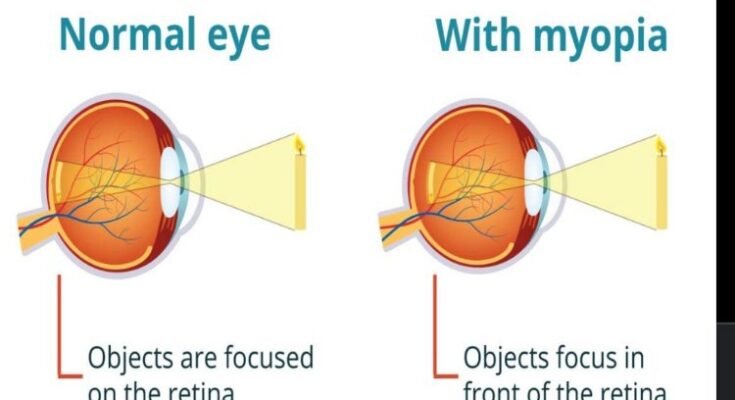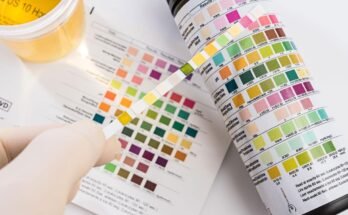Myopia, also known as nearsightedness or shortsightedness, is a refractive disorder of the human eye where an individual observes blurred images of distant objects and clear images of near objects, as the light focuses in front of the retina and not on the retina, either because the eyeball is too long or the cornea is excessively curved. In this blog, we will understand what is myopia and its treatment.
How Common Is Myopia?
On a worldwide scale, myopia has already entered the era of a pandemic, with numbers oscillating between one and two billion at present. Depending upon the region, in parts of Asia, 80% of youngsters are already myopic. The figures are still shooting up in several other parts, such as Europe, pushed upwards by genetics, too much near-work (for hours and hours, looking at screens), and being indoors much more.
Recognizing the Symptoms
Here are some signs and symptoms of such refractive error:
- Sight becomes blurry when focusing on distant objects, such as the TV or faces.
- A headache or eye strain develops when one squints.
- Eyes tend to become tired and annoyed by looking at distant things.
In children, some additional warning signs may include:
- Sitting excessively close to screens or holding books too far may indicate underlying vision issues and should be evaluated
- Frequent complaints of bad distance sight or headache.
Why It Matters
Mild myopia can be effectively managed using prescription eyeglasses, contact lenses, or laser refractive surgery, depending on the individual’s needs and preferences. If left untreated, high myopia can predispose one to retinal detachment, glaucoma, early cataract formation, or even myopic maculopathy.
Diagnosing Myopia
Myopia diagnosis may be conducted using a comprehensive eye examination, which includes: A check of visual acuity (reading letters from a distance). Retinoscopy is used to evaluate light reflection from the retina. Analysis of the refraction with a phoropter to arrive at the exact lens prescription. Corneal topography is used to understand the front surface of the eye.
Management and Treatment Options
- Glasses and contact lenses: these remain the most common and widely used solutions for correcting refractive errors
- Orthokeratology (Ortho-K): lenses that may be worn overnight to temporarily flatten the cornea
- Low-dose atropine eye drops: commonly considered in children to slow the progression of myopia
- Laser refractive surgeries (LASIK, SMILE): corneal reshaping for permanent clarity
- ICL (Implantable Collamer Lens): Permanent, injectable lens inside the eye for high myopia cases
- Vision therapy: consists of structured exercises aimed at enhancing eye focusing, coordination, and visual processing abilities.
Preventing Progression
Slowing down or preventing the worsening of stages, especially in children:
- Spend their minimum of 2 hours every day in outdoor activities to lessen the development of myopia
- 20-20-20 rule: taking break every 20 minutes and look at object 20 feet away for 20 seconds, it helps ease eye strain and fatigue
- Limiting continuous use of digital devices, keeping posture, and proper lighting are required.
- Consuming a balanced diet with nutrients that support eye health
Conclusion
In conclusion, myopia is not just a refraction error, but, in recent times, it has acquired more significance globally with continuous health implications. Its effects can be minimised by early detection and correction of lifestyle modifications, and regular eye check-ups. Optometry interventions at Dr. A.G. Arwal`s Eye Hospital encompass the full range of refractive treatment options-from spectacles and soft contact lenses to sophisticated surgeries, giving the patient an opportunity for clear, healthy vision.




